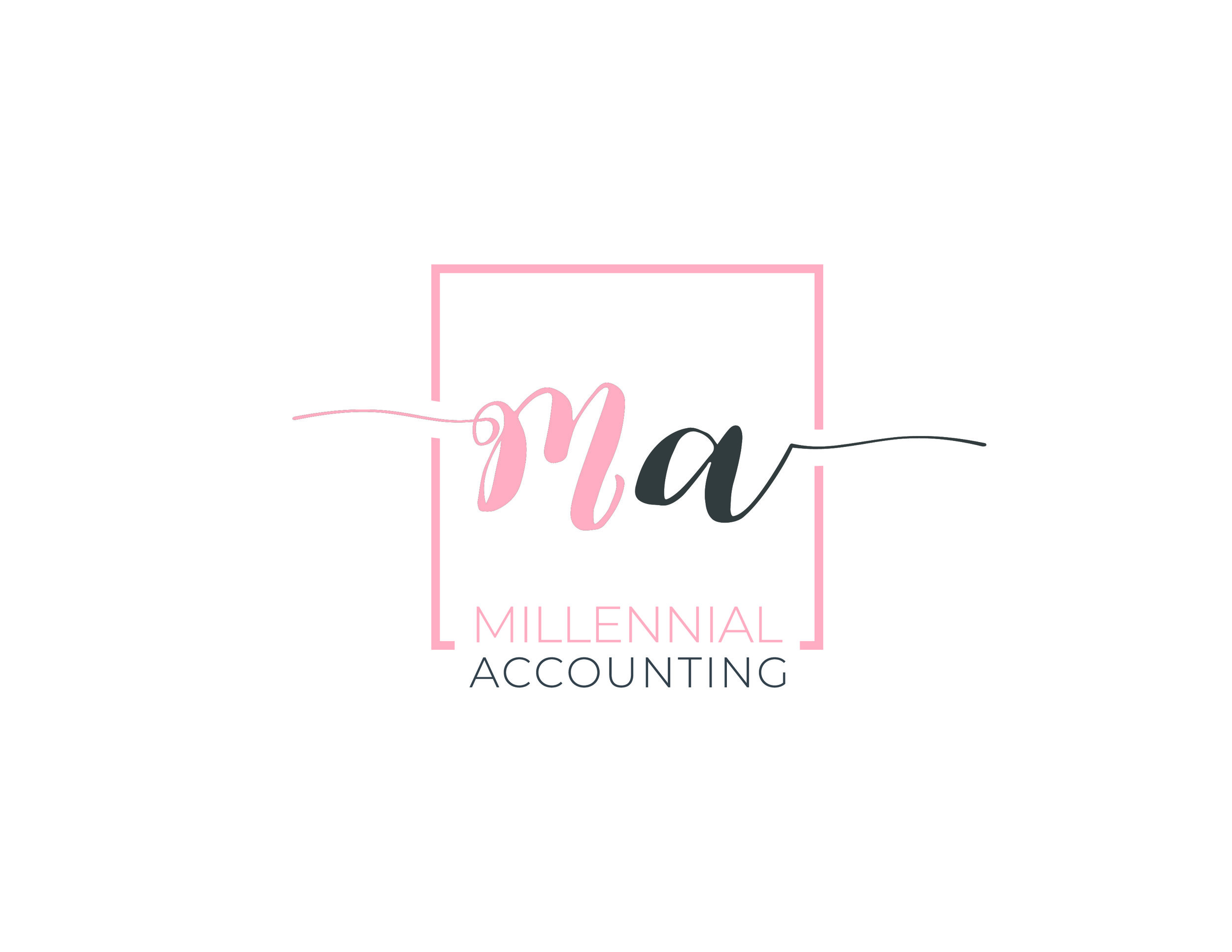The Struggle is Real: Self-Employment Taxes
I’m too small...I didn’t make that much...they won’t notice...social security will be gone by the time I get there anyway! Excuses. Good, possibly accurate ones, but excuses nonetheless. Self-employment taxes are annoying, confusing, expensive...mostly annoying.
So, it’s no surprise that a recent independent survey of 500 freelancers by QuickBooks Self-Employed shows “some 36% of self-employed workers are taking their chances.” AKA, not paying taxes.
The Struggle (is so real)
As the number one challenge, according to the Quickbooks survey, “31% of self-employed workers say they struggle to get paid on time.” As a self-employed person myself, I can totally relate to this. Just because we bill on Sundays, doesn't mean we get paid on Sundays!
Another 25% are worried they’re not making “accurate estimations” as to what they should pay in taxes. Again, I can totally relate! I can’t even accurately estimate the calories in my Açai bowl, let alone my taxes, and that’s using My Fitness Pal. Other barriers include filling out forms, CPAs are expensive (AF), and tax software...that’s like Turbo Tax, right? Yes. Right.
The Risk
Audits happen. A lot. “In fact, 36% of self-employed workers have been audited by the IRS, and almost 1 in 3 of those had errors on their taxes. Part-time/occasional self-employed workers had the most errors (50%, to be exact).” AKA the side-hustle struggle. It gets worse. Younger people are more likely to be audited. “On average, 46% of (these) young taxpayers say they have been audited.”
But why? Older people pay most of their taxes...young people tend to pay none....a whole 36% of them pay none. And the part-time, side-hustlers….twice as likely to not report their income.
“33% of self-employed workers admit to getting behind on their taxes. Reasons include everything from underestimating how much they need to pay (42%) to forgetting to pay (16%). Other factors include not being able to afford the amount they owe (30%), not knowing they have to pay taxes (16%), and not knowing how to pay taxes (10%).”
Solutions, People. I like Solutions.
December 22, 2017 Congress passed the Tax Cuts and Jobs Act which “will immediately affect every American’s taxes for the 2019 tax season.”
Don’t worry, no one expects you to know the laws. How would you know the ‘home office’ deduction was replaced with the ‘qualified business income deduction’? You wouldn’t. But your CPA or turbotax or Google would.
Katey’s Favorite Solutions:
Work with a CPA or use turbotax
CPAs are awesome. They know the laws, won’t ask as many questions, and they get it done. However, they’re expensive.
If you can’t afford a CPA, turbotax has been my trusted tax software for years (and no, I don’t make any money from recommending it, yes it can be bundled with Quickbooks Self-Employed)
Although they like to play 20 questions (or more like 100 questions), turbotax fills out your forms for you based on your answers and files it online. No forms. No confusion. Life is good.
Google it
Tax reform is public information. Before starting your taxes for the year, google something like “tax reform 2018 summary” and watch the articles flood your screen. It will take you 10-15 minutes reading to have a decent handle on the biggest changes.
When choosing which articles to read, focus on the homepage of the URL, does it seem trustworthy? If it’s from Forbes or Entrepreneur.com it’s probably good. If it’s from accountantsgetmoney.net...you get the idea
When was the article published? THIS MATTERS, watch your dates. Remember, in January 2019, we’ll be doing 2018 taxes. Look for articles published in and about 2018
Trusted Sources
Anyone can publish an article. I like to stick with the websites I know. Here are a few of my favorites:
https://taxprocenter.proconnect.intuit.com/tax-law-and-news/tax-reform-101-for-self-employed/
https://www.thebalance.com/trump-s-tax-plan-how-it-affects-you-4113968
Lastly, Learn a few Basic Self-Employment Tax Concepts
Self-employed people and business owners are responsible for paying self-employment tax, also known as SECA taxes. These federal taxes are assessed as a percentage (15.3%) of your income.
The IRS requires taxpayers to make estimated QUARTERLY payments in order to cover their self-employment tax obligation.
People who work as W-2 employees pay Social Security taxes, too. They pay half the rate (6.2% for Social Security, and 1.45% for Medicare), and their employer kicks in the other half. Because self-employed people are effectively the worker and the employer, they have to pay both sides of the tax.
Self-employment taxes can be a doozy, but half of the self-employment taxes you pay are deductible on a 1040, thus potentially saving you money on federal income taxes.
If you had net earnings from self-employment of $400 or more, or earned $108.28 or more as a church employee, the IRS requires that you file a form SE with your 1040 to report your income.
The Social Security portion has a limit on how much of your income is taxed, whereas the Medicare portion does not.
This article was based on an article written by Quickbooks about their self-employment tax survey. Read the full article here https://quickbooks.intuit.com/r/taxes-money/self-employed-not-paying-taxes/
Self-Employment Tax Info came from https://www.fool.com/retirement/2017/01/13/how-self-employment-taxes-work.aspx






